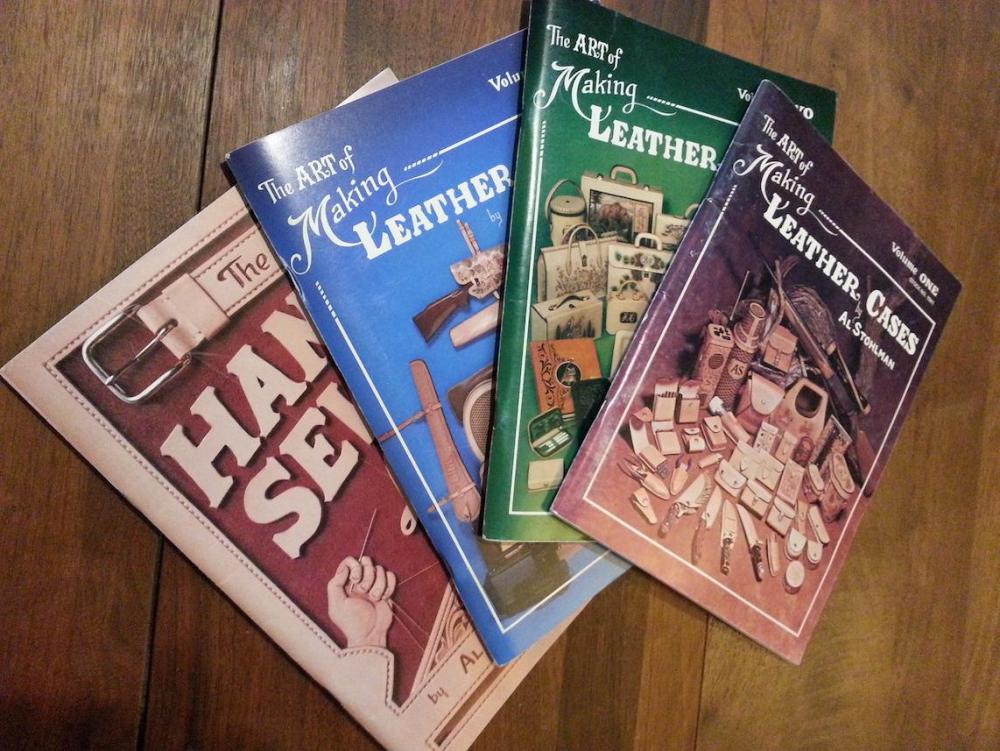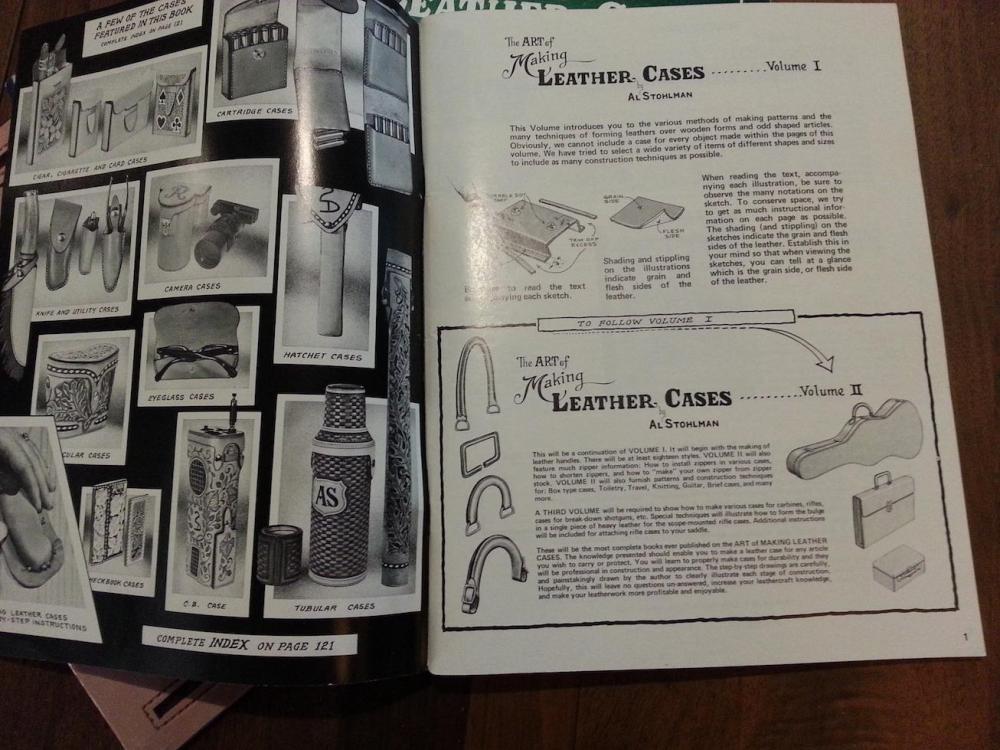Search the Community
Showing results for tags 'stitching'.
-
This is my first wallet and attempt at stitching. 4-5 chrome tan leather. Never mind the cross, I had a brain fart and thought I try stamping that after it was put together. Been carrying it for about a month.
-
Need Problem Solving - Bending Decorative layer on Quiver
DavidK posted a topic in How Do I Do That?
Hello, As an experiment im making an archery back quiver, and anticipating a problem. The pictures hopefully will make it more clear. I plan to attach these 3 5oz decorative panels to this 8oz quiver, the quiver will then fold in half and be stitched on the long side into a quiver shape. The anticipated problem will be that after stitching the panels on while the quiver is flat, the panels wont allow the quiver to then fold into the taco and stitch into final shape. Any suggestions here on how best to attach the panels, or if a product like shoe stretch leather could help (after attaching, maybe leaving a section unstitched to stick a dauber into the back of the panels and work it into the flesh side? Any suggestions appreciated, big, small, or project breaking Thanks! David -
THIS is s stitching machine! This was used in production for the backseat on tall bootlegs of heavy military and riding boots. Pay attention on the direction of the rolling foot! Not sure if on this photo you can guess the actual size of this machine, but a normal patcher would look tiny next to it...
-
Hi all... My next holster in work...not done yet, but I couldn't wait to show off my stitchwork. I usually end up with so-so stitches at best, and stitching has been the bane of my existence for many years now, but I'm finally starting to catch on...and yes, the antiquing went weird somehow, but it's a different effect so I'm keeping it...Enjoy! -Mike
-
Saddle stitching. "Dot the i's and cross the t's". https://youtu.be/7e3HC9tuSXA
-
- stitching
- saddle stitching
-
(and 3 more)
Tagged with:
-
Recently I bought a new diamond stitching awl off of Amazon because I wanted something that could do smaller holes than what my current awl provides. The awl arrived, and the blade promptly broke off at the shank after poking about 5 holes. I contacted the seller, and while they refunded the purchase price, they also told me "We immediately reported the situation to our professional craftsman, who advised our customers not to directly use the awl to punch holes. Since the tip of the awl is relatively sharp, it can only be used to assist in poking holes. After the hole is made, use an awl to reshape the hole." Does any of that make sense to anybody? Are they saying that I should be using something else to poke the hole and their awl is only meant to be used to shape an existing hole? That seems like a fairly cumbersome way to do stitching, but maybe that's what needed for smaller fine-detail stitching? Am I missing something? Meanwhile I went back to my old awl, which is still holding up fine. I may not have thousands of projects under my belt with that awl, but I have poked a few hundred holes with it. /dwight
-
So I've tried to figure this out via youtube videos, but haven't found one yet that actually shows the precise moment I need to see. When the flap is sewn together at the ends of handle, how is the transition made to the other side of the stitching? I tried a couple of ways, neither was the proper method, as indicated by the nasty job I made of it. On one template, there were 8 stitching holes each side, with one at the point. That was interesting. The other one I saw had just the 8 or 9 holes on each side, without one at the point. The image below is the latter. Neither method is clear to me as to making the stitching transition from one side, past the point and to the other side.
-
-
Like new KS Blade Punches (version 2)! Can be sold as a pair or single. This second version of KS Blade Punches are a bit slimmer and lighter for ease of use. The pricking irons are made of high-quality steel and have a nice weight to them. The heavier weight makes it easy to set the tool in the correct position, preventing it from moving on you. The width of the teeth are fairly thin (unlike many irons) and create a very clean, non-bulky opening for threading.
-
Like new KS Blade Punches! Can be sold as a pair or single. The pricking irons are made of high-quality steel and have a nice weight to them. The heavier weight makes it easy to set the tool in the correct position, preventing it from moving on you. The width of the teeth are fairly thin (unlike many irons) and create a very clean, non-bulky opening for threading.
- 1 reply
-
- leather punch
- leather punches
- (and 7 more)
-
I have some experience with veg tan but I’ve only ever connected pieces with rivets and buckles and so on. Very little stitching, no gluing. Now, I’m making a quiver. I’m buying new tools and doing a lot of research, as it’ll be my first times for carving, stitching, and gluing. I have some questions and concerns - I’m not working from an existing pattern. I’m thinking about closing the quiver’s long edge with a baseball stitch. The straps will be connected to that edge with overlays, and help reinforce the seam. Concerns: I’m designing the pattern with paper to start, and the construction paper warps into a teardrop shape without reinforcement at the seam. I worry I will have some weakness in the same area with 8 oz veg tan? Would it be more reasonable to use a butt stitch, even though I don’t prefer it aesthetically? Regardless of the stitch, should I, or would it be advisable to, contact cement (or otherwise glue) the butt edges of the leather together before stitching? Thanks for any tips, first time posting but I've been lurking for a long time.
-
Hey folks, I came here in the fall and asked some big questions, as this was an ambitious project. First time carving (the coaster in the album was my practice run) and first time stitching. I also hand-drafted the pattern (why make things easy?). I made tons of little mistakes (like why, or why, didn't I use an awl?). I also learned a lot, and I'm very happy with the overall results, and so was my niece! (it was a present for her). Thanks for all the help! The Making-of album: https://ibb.co/album/bbvb1X
-
Hi everybody. I make a lot of wallets and I recently got a new set of pricking irons. In the past, I've used the diamond stitching chisels from Weaver leather supply, and they were okay. I switched to the Sinabroks 3.38 mm pricking irons because I wanted something a little more refined. I've really enjoyed using them so far but I've come across a problem. If I'm stitching down a row of pockets like in a vertical long wallet, I can't seem to figure out a good placement for the holes. If I put one tooth on the bottom edge of one pocket and another tooth on the top edge of the next pocket, there isn't enough clearance because of the slant of the teeth, so there's only a tiny bit of leather there to hold onto the thread. If I were to stitch that up, it usually rips the edge of the leather. On the other hand, I can't put a hole between the two pockets because then there will be thread going between them and they won't meet up edge to edge flush and clean. Is 3.38 mm just too small? I'm pretty certain I've seen people stitch up wallets with that size before, even finer sizes. Any advice would be appreciated. Thank you.
- 2 replies
-
- wallets
- pricking irons
-
(and 2 more)
Tagged with:
-
I am looking at buying myself an industrial cylinder bed sewing machine. I mainly do small to mid sized projects like belts, wallets, bags, etc. I have been looking into buying a Cobra class 26 until recently I found a 10 year old Adler K269 single needle walking foot for sale for around $1700 for stand and everything. I am wondering if this is a good deal, and if it a high quality machine with similar capabilities as the Cobra class 26. Any information on this would be a huge help.
- 1 reply
-
- sewing machine
- sewing
-
(and 2 more)
Tagged with:
-
Like new Amy Roke Pricking Irons! Can be sold as a pair or single. The Amy Roke European style pricking irons are made of high-quality steel and have a nice weight to them. The heavier weight makes it easy to set the tool in the correct position, preventing it from moving on you. The width of the teeth are fairly thin (unlike many irons) and create a very clean, non-bulky opening for threading.
-
- stitching
- leather punches
- (and 8 more)
-
Like new Amy Roke Pricking Irons! Can be sold as a pair or single. The Amy Roke European style pricking irons are made of high-quality steel and have a nice weight to them. The heavier weight makes it easy to set the tool in the correct position, preventing it from moving on you. The width of the teeth are fairly thin (unlike many irons) and create a very clean, non-bulky opening for threading.
-
- hand stitching
- stitching
- (and 7 more)
-
This might seem like a silly question, but does anyone have advice about being able to get a good grip on needles when hand stitching? I try and use the old Al Stohlman method of a needle and an awl in one hand and a needle in the other, but I find myself constantly setting down my awl to grab pliers to pull my needle through. Any advice would be greatly appreciated.
-
Hello, guys! So as a leatherworker, I thought I should be wearing a belt that I made... so I made one my style... thick. I used two pieces of 9 oz leather at 1.5 inches wide... do the math and you get an 18 oz thick belt. I glued the flesh sides together and then stitched it up so I have the smooth on both sides. It's like lining it with itself. It should last the rest of my life as well as my future kids and grandkids and so forth. It will also make a very good spanking strap. (Note: I did not make my dad one.) Comments/critique welcome. Oh, and before you ask, no, I didn't win the buckle. Thanks for looking! -Ryan
- 14 replies
-
Hello Everyone! I have a couple of Vergez Blanchard tools for sale that I got as a gift but never got around to using them. First there is a stitching roulette or pricking wheel with guide and includes #7, 8, 9, 10, 12 wheels, and a saddler's knife which is used to trim leather edges or cut veg tan leather used in the saddlery trade but not limited to it. Stitching Roulette - USD 240 Saddler's Knife - USD 60
- 1 reply
-
- blanchard
- pricking wheel
- (and 4 more)
-
Apologies, I meant to post this in the Stitching sub! I haven't had this machine long, and have only used it a few times. It's in excellent shape, ready to stitch, no issues. Asking $1150.00. MSRP is $1350.00 without extras. It comes with a variety of extra accessories, including the Tippmann flatbed attachment that also has a material guide built in. There are two feet included, a center presser foot and a left presser foot. There is a magnetic light attachment included. Also, 12 new bobbins, a spool of White Poly thread, nippers, and a bunch of extra needles. Everything is pictured. Model HS, Serial # 12968 Shipping will be about 25lbs USPS Priority (not included), local pickup is great as well.
-
Hey Everyone ! Has anyone any wisdom to share with me about securing stitching when just dong a short line of stitching . Do you A- stitch backwards twice then forwards . or B - stitch forwards than backwards than forwards again over it ? i have been trying both these ways bit often fin my work unravels or becomes loose at the start or end. I also find it hard not to massively overstitch. Any / all advice welcome. Thanks so much. SS
- 3 replies
-
- back stitching
- stitching
-
(and 1 more)
Tagged with:
-
I have just come into a rather significant collection of tools and books and patterns, some of which are duplicates of others that I have, so I am going to share the treasure. I have the three book set of The Art of Making Leather Cases, which is a must for anyone doing leather work. This is a detailed instruction set showing all kinds of leather goods, not just cases, and how to make them, how to assemble them, etc. including many patterns. Details on handles, attachments, knife sheaths, wet forming, stitching, skiving, you name it. The books progress from simple to quite complex. These books retail for about $18-$20 each on Amazon, around $55. I will sell the set of 3 for $40 plus shipping, (like buy 2 get one free). I can probably put them in a flat rate envelope. The hand sewing leather book generally retails for $11, I would sell it for $5 plus shipping. This is also a very detailed book not just on how to sew, but methods of construction etc. I reference these books a lot when I am doing my work still. I have other books that I will be listing as well, I am open to a package offer if someone is interested in all of them. YinTx
- 1 reply
-
- books for sale
- guitar case
-
(and 1 more)
Tagged with:
-
I'm watching the work of a few of my online peers and noticing that they are going to great lengths to stitch up straps and casework, but not really lining the leather and not for obvious structural or assembly reasons. I've certainly stitched my share of works but only if I was lining a piece or making a connection and on the rarest of occasions for an aesthetic effect. Does anybody else on these forums do this? Is there some function other than "looks"? Particularly the straps---does stitching prevent stretching and loss of shape over time? Thanks for your thoughts. Mike
-
I had a customer ask for a custom set of suspenders. And he want it to have a holster under one arm and 2 spare mags on the other. He does not want a chest strap and wants to have the holster an mags detachable so he can have just to suspenders. I have tried to make patterns and I basically am lost. Any and all help will be deeply appreciated.
- 6 replies
-
- suspenders
- holsters
-
(and 4 more)
Tagged with:
-
Hello, I am selling a Gritzner sole stitching machine in a good working condition. It was cleaned and oiled regularly. Pictures from the machine and stitching done with it can be seen at the following link: https://drive.google.com/open?id=1SbHjPHS4q-634VPuNwNaDd8E9KXapoFl Please let me know if you can't see the pictures. Price: 300 eur + shipping costs via transfer service (like Transfer Go, Transfer Wise, etc.) or paypal. Shipping from Romania. Weight approx.30kg Let me know if you are interested so we can find a good shipping solution. Best regards, George



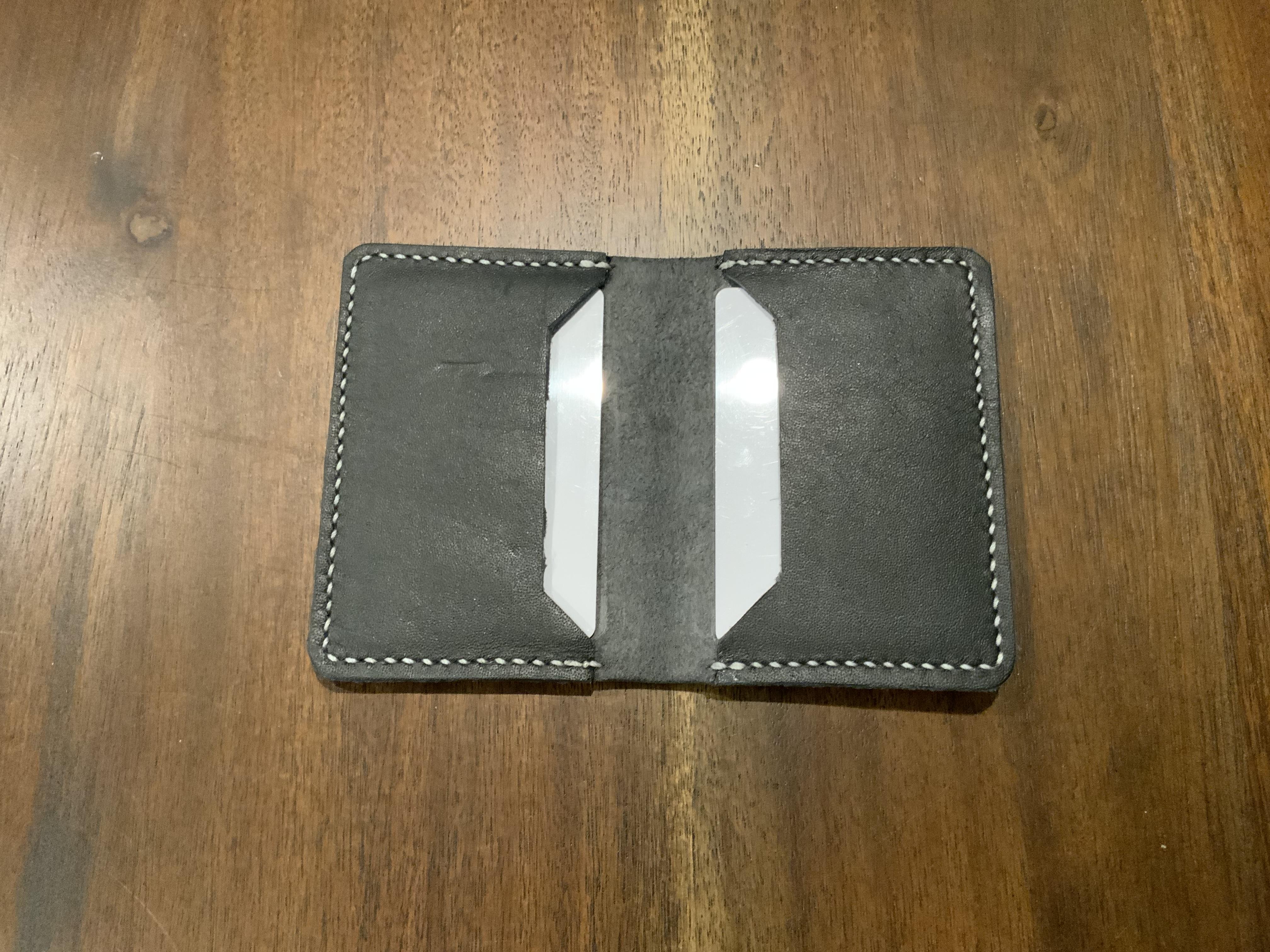


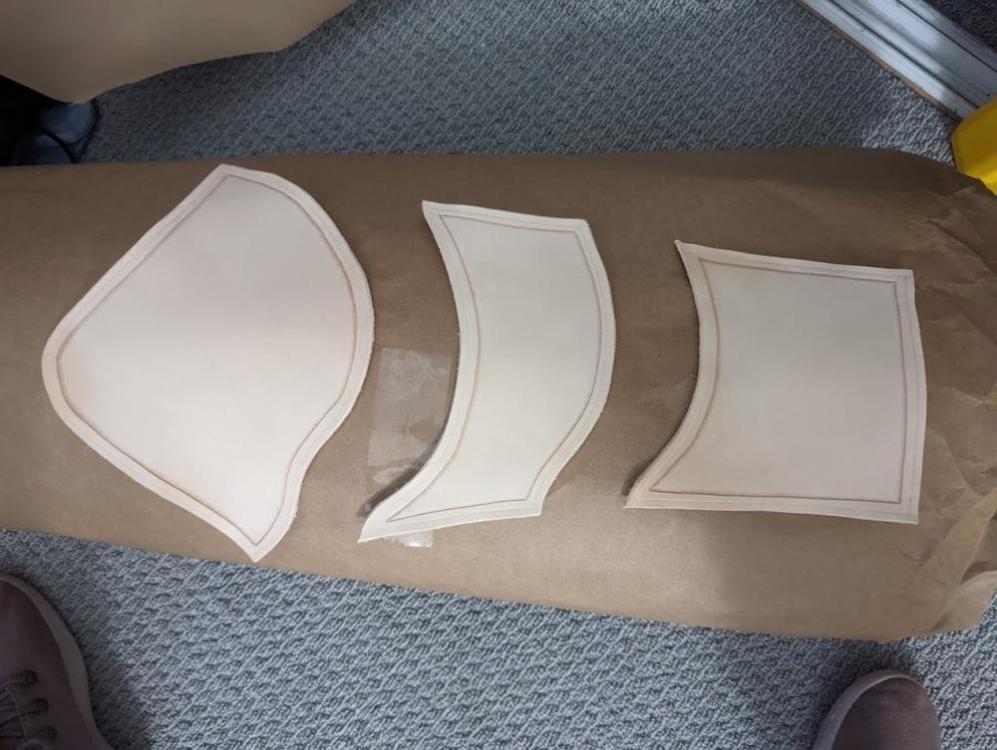
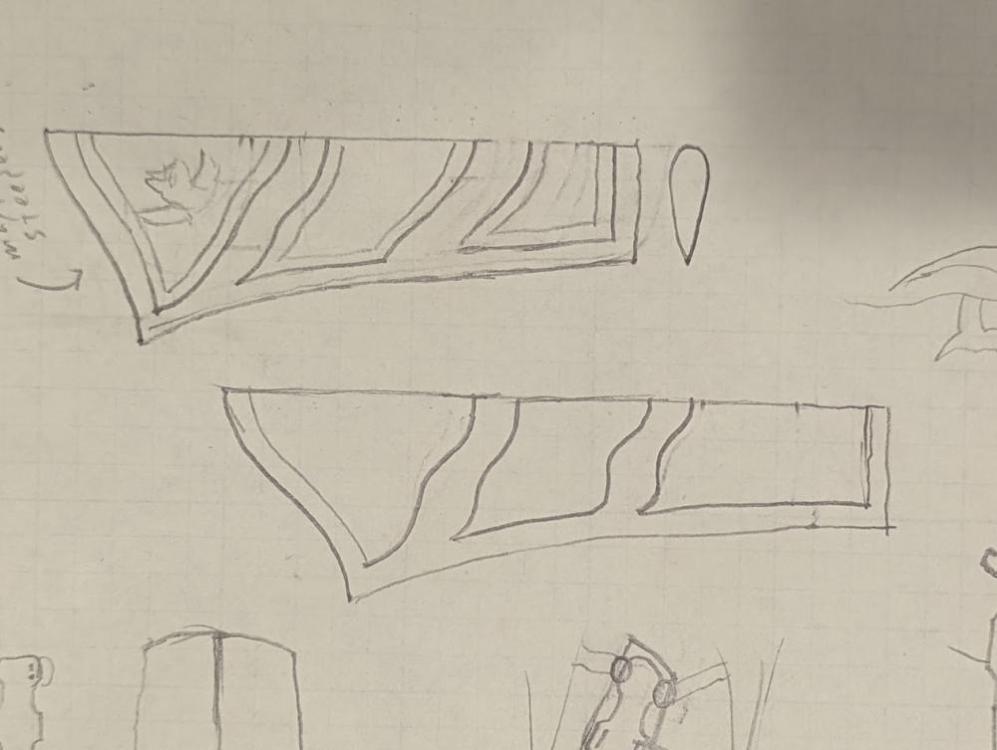
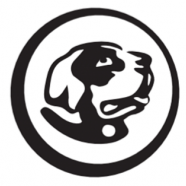
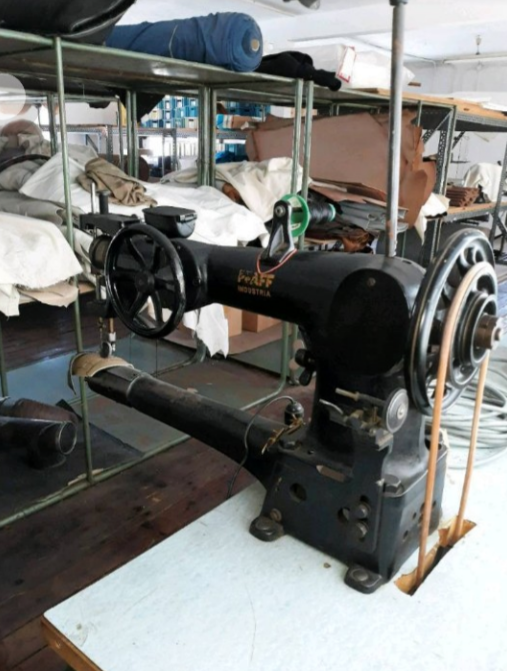
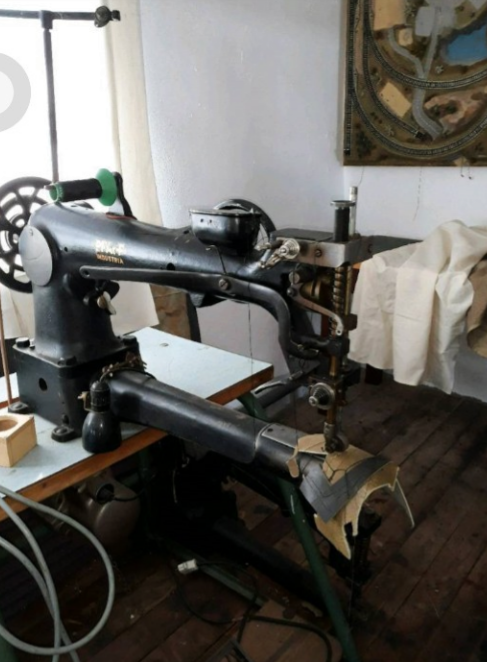

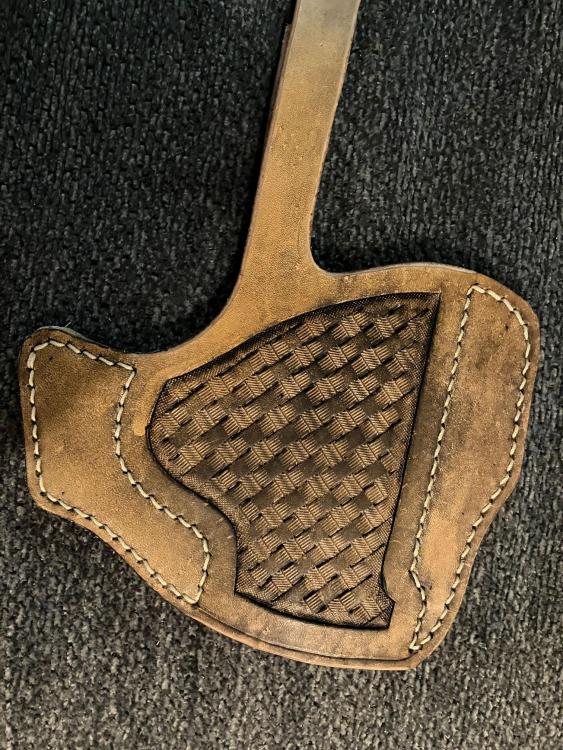


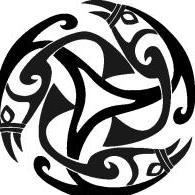
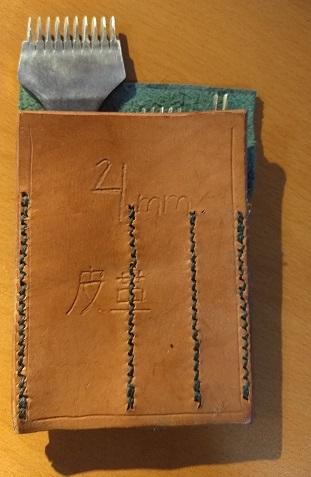


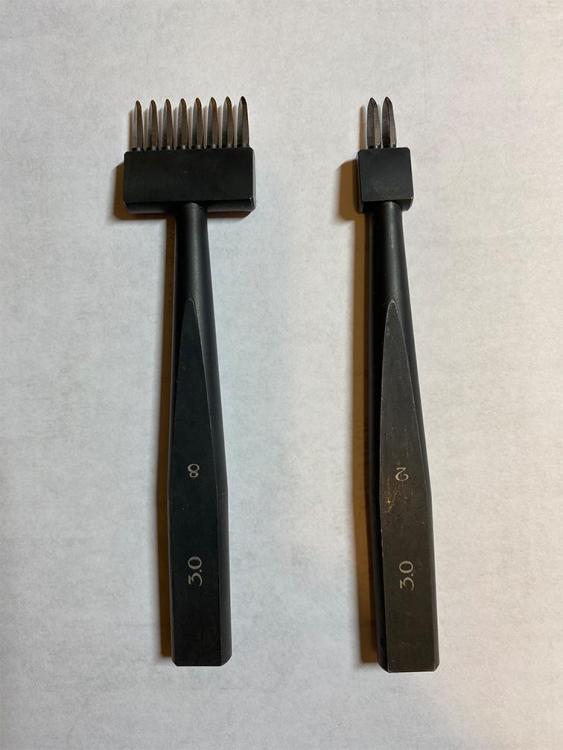
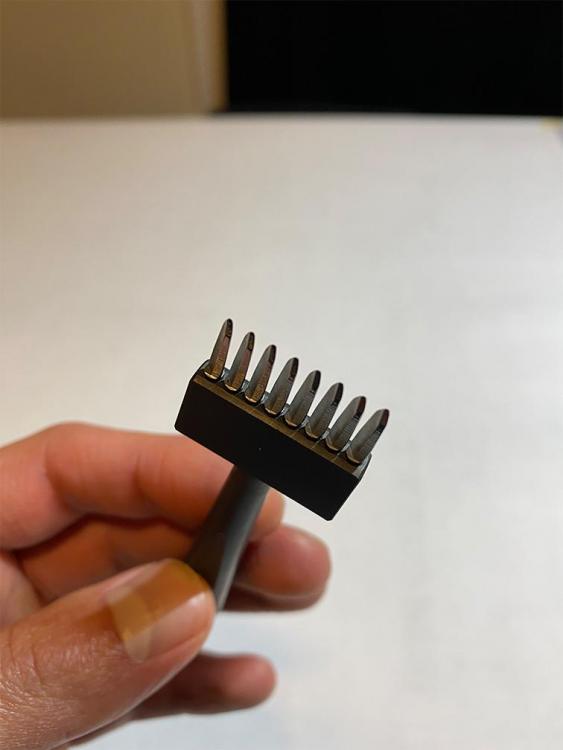
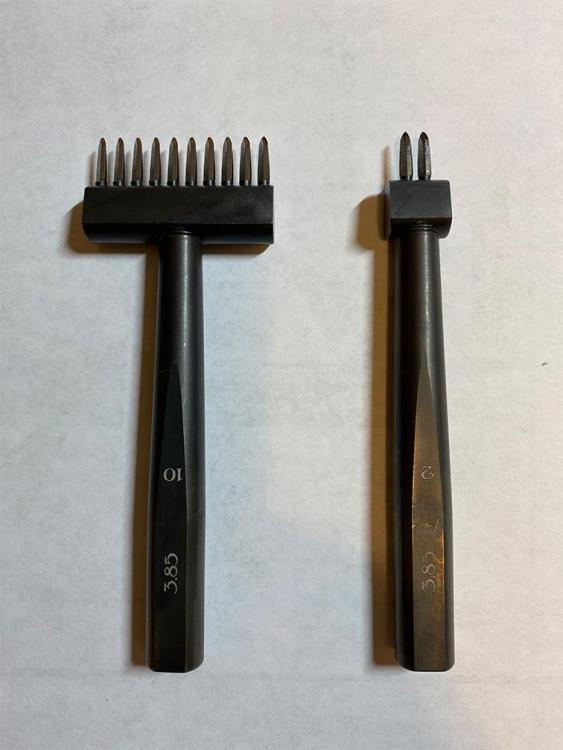
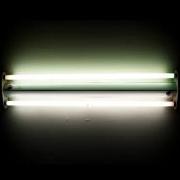
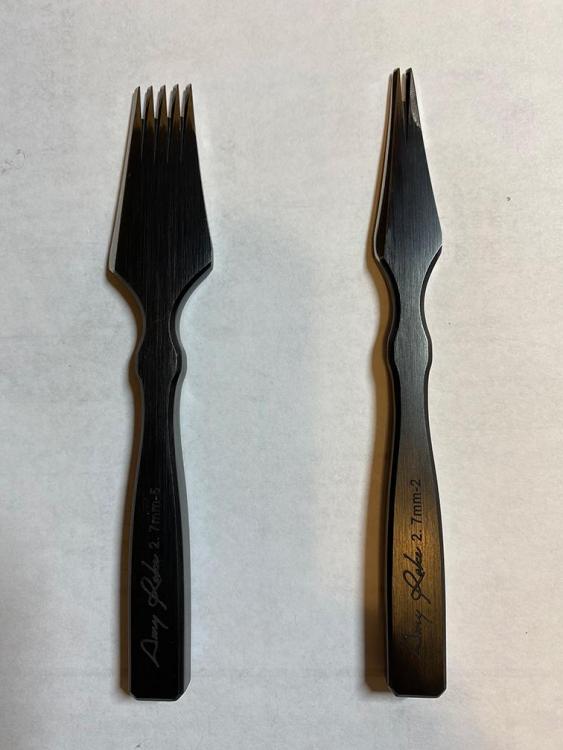
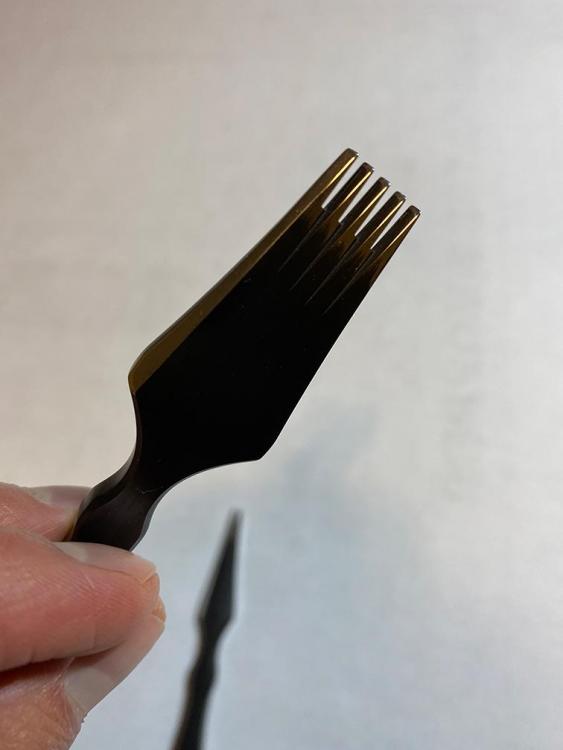
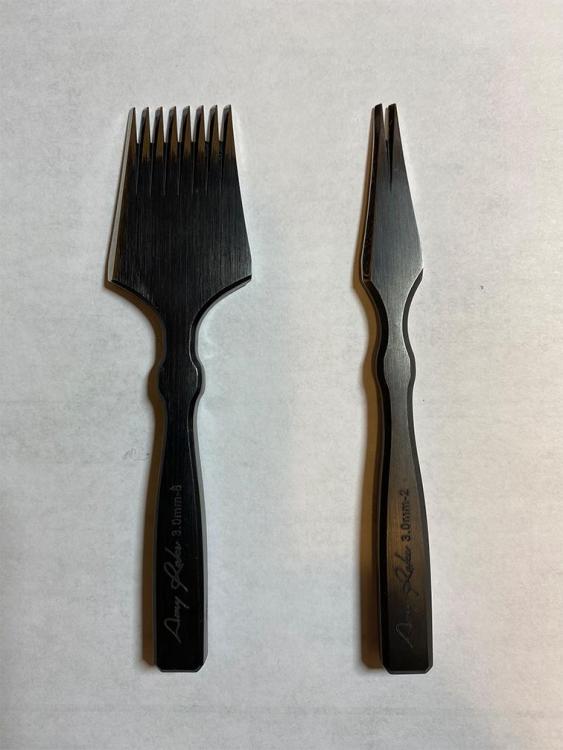



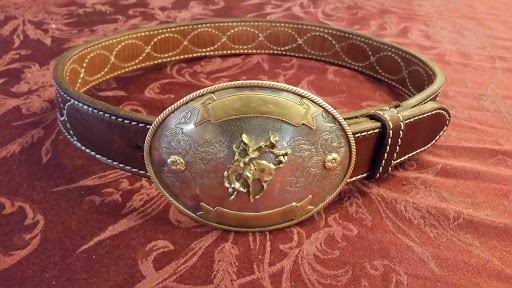
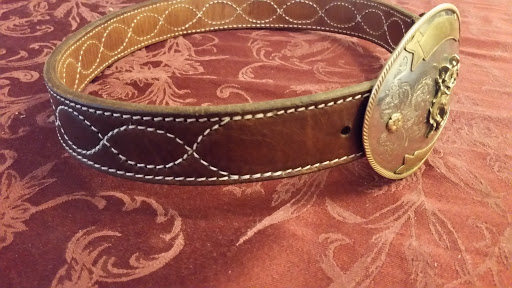
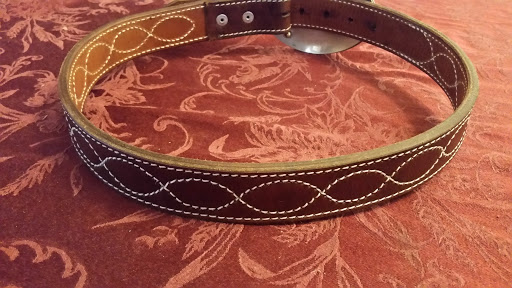
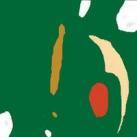
.jpeg.63cb0ab3c5c213e7640e5316066b2940.jpeg)



